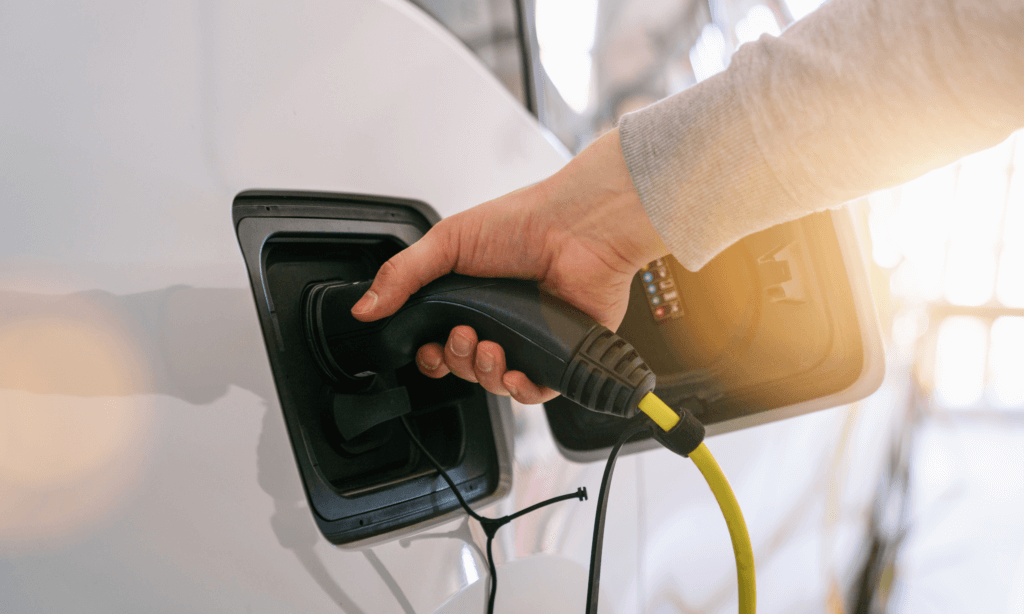Sustainability is a hugely important topic these days, and one that has an impact on many levels, particularly in the printing sector. How do we offset CO₂ at Beltz Grafische Betriebe? What measures contribute to this? As a print shop and bookbindery, we are aware of our great responsibility and have set ourselves the goal of minimizing CO₂ emissions while offsetting the unavoidable ecological footprint.

How we offset CO₂ with Climate Partner
Beltz Grafische Betriebe has decided to work with Climate Partner to achieve climate neutrality. Climate Partner is a leading company in the field of carbon offsetting and offers companies such as Beltz Grafische Betriebe the opportunity to neutralize their carbon footprint by supporting sustainable projects.
How do you balance CO₂?
Climate Partner uses key figures to evaluate our greenhouse gas emissions and identifies projects that contribute to reducing these emissions. Climate Partner can use these key figures to calculate our individual expenditure for CO₂ offsetting. These projects can be in the areas of renewable energy, forestry, land use and land use change, for example. By supporting these projects, Beltz Graphic Arts contributes to avoiding or reducing greenhouse gas emissions and at the same time improving the living conditions of people and the environment in the region.
You may still be asking yourself: How useful are CO₂ certificates? Climate Partner ensures that the projects are certified according to internationally recognized standards such as the Gold Standard, Verified Carbon Standard (VCS) or Climate, Community and Biodiversity Standard (CCBS) . This ensures that the projects are scientifically sound and transparent and that the emission reductions achieved are verifiable, which is reflected in our certificate.
We rely on 100% green electricity
One of the most important measures we have taken to offset CO₂ is to switch to 100% green electricity. By using green electricity, we avoid the emission of greenhouse gases and thus contribute to reducing CO₂ pollution.
Environmentally friendly printing inks and papers
In addition to the use of green electricity, we have also taken a number of other measures to improve our sustainability. This includes, for example, the use of environmentally friendly printing inks and papers that produce less CO₂. Our FSC certification also contributes to this. In other words, we only use raw materials that meet the FSC standards.
What is FSC?
FSC stands for Forest Stewardship Council and is an internationally recognized organization that promotes sustainable forest management. FSC certification means that a company meets certain environmental and social standards with regard to the use of wood and paper. The FSC standards cover various aspects of sustainable forest management and are made up of 57 criteria, which are divided into 10 principles:

- Lawful and sustainable forest management
- Protection of ecosystems and biodiversity
- Protecting the rights of indigenous peoples and communities
- Protection of labor rights and social standards
- Protection of wild animals and their habitats
- Avoidance of environmental impacts
- Compliance with laws and regulations
- Transparent and participatory decision-making
- Monitoring and evaluation
- Promotion of environmental education and communication
In the case of our print shop, this means that the print shop only uses paper and other materials that come from legal and sustainably managed forests. This excludes the use of paper that comes from illegal forests, overexploitation or deforestation. An FSC-certified printing company must also ensure that the rights of local communities and indigenous peoples are respected and that the environmental impact of paper production is minimized.
Energy-efficient machines
The use of modern machines that are more energy-efficient also contributes to our goal of offsetting CO₂. We are constantly evaluating the use of existing machines and optimizing our machinery.
Processless printing plates as an important step
Processless printing plates are an innovative technology in the printing industry that saves time and money by skipping the otherwise necessary development process. These plates enable print shops to go directly from data preparation to printing, which shortens production time and increases efficiency. Processless printing plates are coated with photosensors that can record the printed image directly. This means that no chemical developers or washes are required, which not only saves time but also reduces the impact on the environment.
Another advantage of processless printing plates is the higher quality and accuracy of the printed image. The use of state-of-the-art technologies, such as digital exposure and automatic plate exposure, results in greater sharpness and color dynamics. Processless printing plates are more durable than conventional plates. They require no regular maintenance or renewal and can make several thousand impressions before they need to be replaced.
Conversion to electric cars
As a company, we rely on electric cars to offset CO₂ emissions, as they are a clean and emission-free alternative to fossil fuels and therefore make an important contribution to climate protection. Electric cars also require less maintenance than conventional cars, as they have fewer moving parts and do not require oil changes. This leads to longer service lives and lower resource consumption for the company.

Outlook: Where the sustainability journey is heading!
Like any company of our size and in our industry, we need a lot of resources every day to manufacture our products and offer our services. Our activities require energy, paper, paints, glues, cardboard, chemicals and other materials.
However, we are aware that our activities have an impact on the environment and have set ourselves the goal of minimizing our environmental impact and reducing our carbon footprint. We have recognized that sustainability is an important issue and that it is our responsibility to make our contribution to climate protection. We have therefore decided to constantly take new measures and work with experienced partners to continue to optimize our approach to CO₂ offsetting in the future, with the ultimate goal of achieving CO₂-neutral production in the future.


